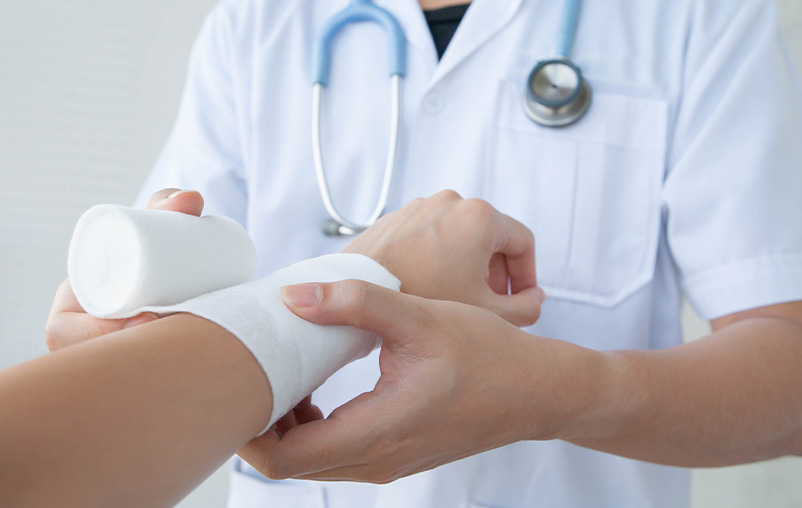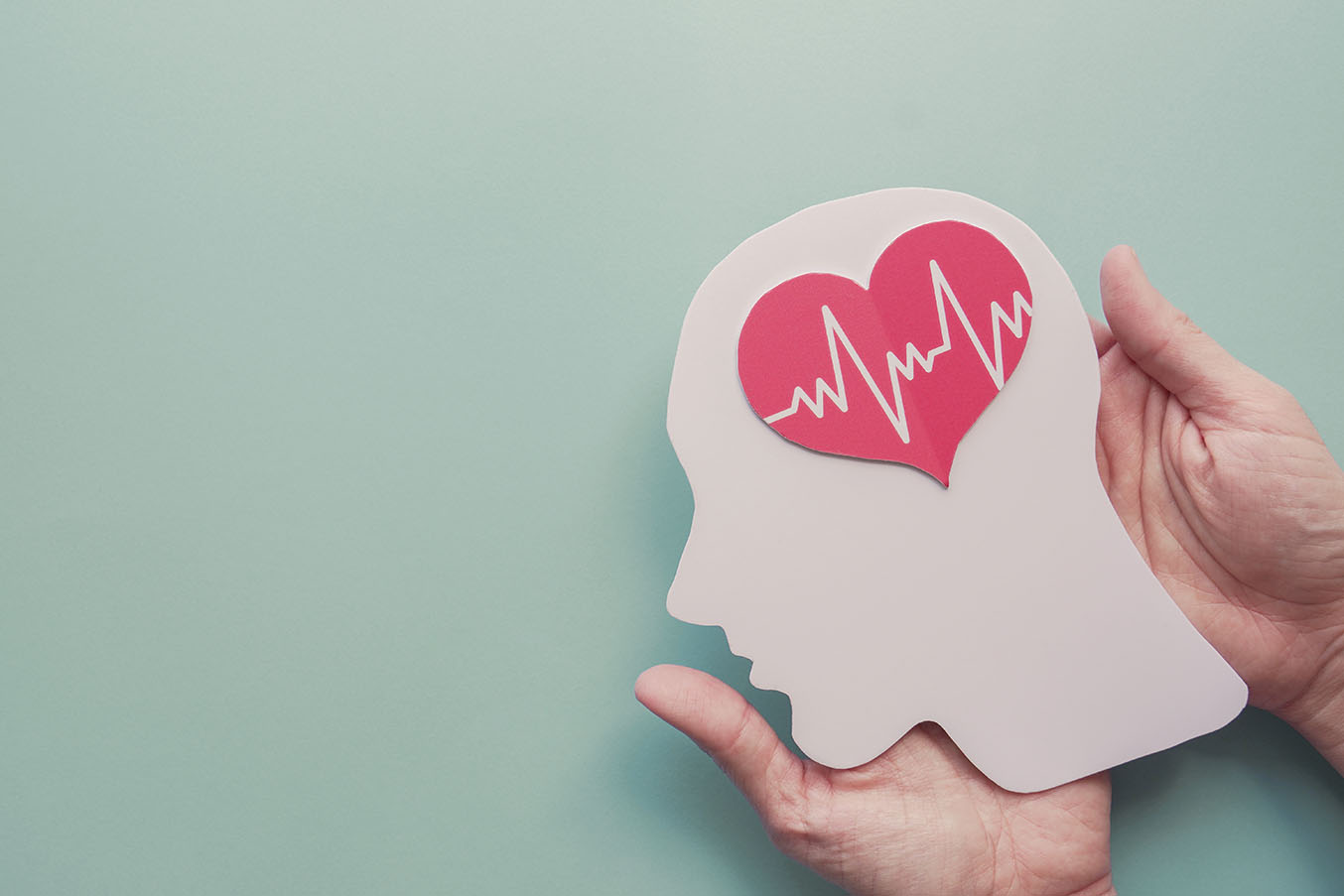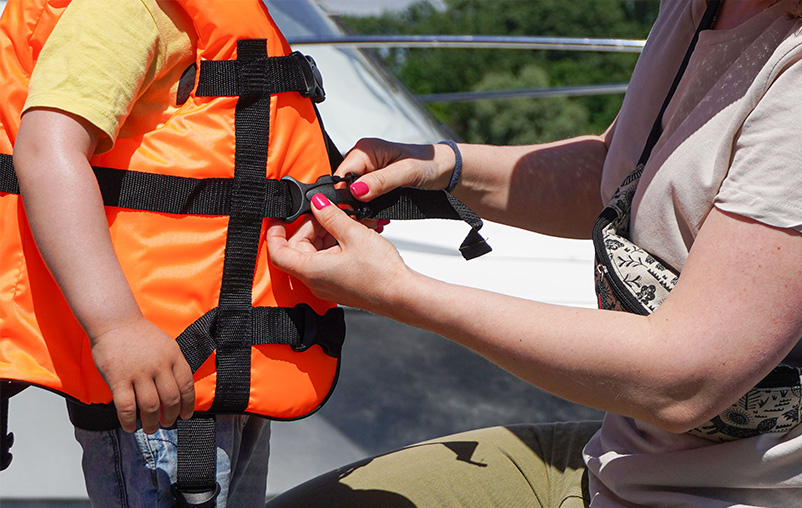With temperatures already reaching well into the 100s, it’s no surprise that many in San Antonio are starting to feel the heat.
Increased exposure outside during the hot days of summer can contribute to heat stroke and heat exhaustion – two health dangers you should take seriously.
Six Tips to Prevent Heat-Related Illnesses
To prevent heat exhaustion or heat stroke during prolonged heat exposure, be aware of your body and take the proper precautions before activity.
“Many mature adults don’t drink enough water to stay hydrated," said Jennifer Northway, director of injury prevention at University Health. "As we enter into the hot Texas summer, adults need to increase their fluid intake by drinking cool, nonalcoholic beverages regardless of their activity level. Dehydration contributes to heat exhaustion.”
Here are six important tips:
- Wear loose-fitting, lightweight clothing to allow your body to cool.
- Protect against sunburn. Apply and reapply sunscreen regularly and wear protective hats and sunglasses.
- Take it easy during the hottest parts of the day (3-4 p.m.).
- Plan ahead by identifying times for rest in the shade during outdoor activity and pacing yourself during physical exertion. Have a friend or family member keep track of your condition while outside and do the same for them.
- Do not leave anyone in a hot car.
- Stay hydrated. The best way to hydrate is to drink fluids before, during and after any activity.
What to Do in an Emergency
If you think you or someone around you is experiencing a heat stroke, call 911 immediately.
- Move person to shade or the indoors.
- Remove excess clothing.
- Cool the person with cold, wet towels or cool water. Ice packs to the groin and armpits can be more effective.
Are You at Risk of Heat Stroke?
Everyone is at risk when it comes to heat stroke and exhaustion. Yes, some people have a better tolerance for the heat, but no one is immune.
Infants and young children tend to be the most at risk because they have not experienced consistent warm temperatures and heat exposure.
Don't Leave Children or Pets in Hot Cars
It is critical that small children should not be left in cars in warm temperatures. The National Safety Council provides more information and statistics on kids and hot cars.
"A car can heat up 19 degrees in 10 minutes. And cracking a window doesn’t help,” said Northway. “Heatstroke can happen anytime, anywhere. We don’t want to see this happen to any family. That’s why Safe Kids San Antonio is asking everyone to help protect kids from this very preventable tragedy by never leaving a child alone in a car, not even for a minute.”
ACT to Prevent Heat-Related Deaths
You can also help reduce the number of deaths from heatstroke by remembering to ACT:
Avoid – Never leave a child alone in a car.
Create reminders – Place something of the child’s on the front seat to remind you to check the back (i.e. blanket, stuffed animal, diaper bag).
Take action – Call 911 immediately if you see a child alone in a car.
People at Higher Risk for Heat Illness
Others at risk for heat stroke and exhaustion include:
- People 65 and older
- People who are ill, have chronic health conditions or are prescribed certain medications
- People who are overweight
- People who work outdoors
Remember, no one is immune – stay hydrated.
Hydrate Correctly
The number one reason people end up in the emergency room for heat-related illness is due to not staying properly hydrated or hydrating with the wrong beverages.
- Right beverages – Water, sports drinks
- Wrong beverages – Caffeine (soda, tea, coffee), alcohol
Signs of Heat Illness
Heat-related illnesses happen when the body can’t properly cool itself down through its normal sweating process. When your body temperature rises too fast, it can endanger your health and vital organs.
Heat stroke and heat exhaustion are both serious heat-related illnesses. The difference between the two is heat exhaustion causes lethargy, among other symptoms, and can be the precursor to a heat stroke. Heat stroke is a medical emergency, and you should call 911.
Heat stroke
- High body temperature
- Flushed, dry or damp skin
- Racing heart rate
- Rapid breathing
- Nausea
- Dizziness
- Headache
- Fainting
- Confusion
If you suspect someone is experiencing heat stroke:
- Call 911
- Move them to a cool place
- DO NOT give them water
- Put cool, damp cloths on them to lower their body temperature
Heat Exhaustion
- Heavy sweating
- Cold, pale and clammy skin
- Nausea or vomiting
- Muscle cramps
- Tiredness or weakness
- Dizziness
- Headache
If you suspect someone is experiencing heat exhaustion:
- Move them to a cool place
- Give them water to sip
- Loosen their clothes and put a cool, damp cloth on them





